Maintaining competitiveness in today’s production environment requires welding that is both precise and efficient. The use of cutting-edge tools such as robot tracks and welding turntables has transformed automated welding systems. These elements improve the uniformity and caliber of welds in addition to streamlining procedures. This article examines the coordination between welding turntables and robot tracks to maximize welding automation, resulting in quicker production cycles and fewer mistakes.
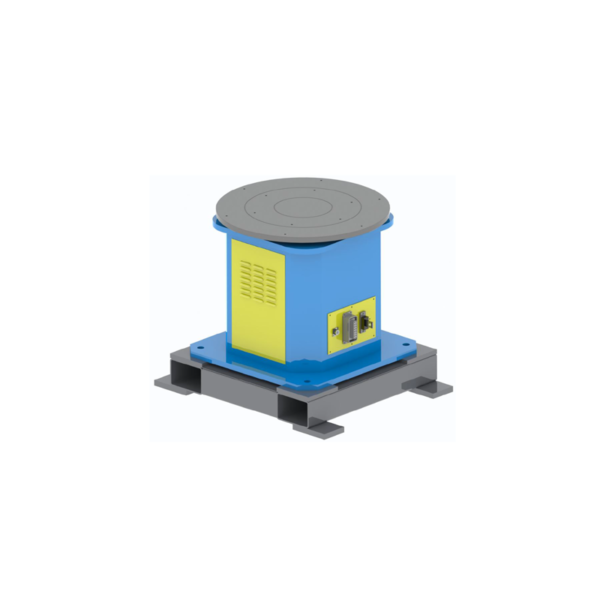
Turntables for Welding and Their Function in Automation
One tool used to spin the workpiece while welding is a welding turntable. As a result, the welding flame may keep constant contact with the joint from all required angles, improving accessibility and precision. Maintaining high product standards requires constant weld quality across different workpiece parts, which is ensured by the precision of a welding turntable. When working with huge or cylindrical objects that are often difficult to handle by hand, manufacturers may be able to achieve a more effective and smooth workflow by using welding turntables.
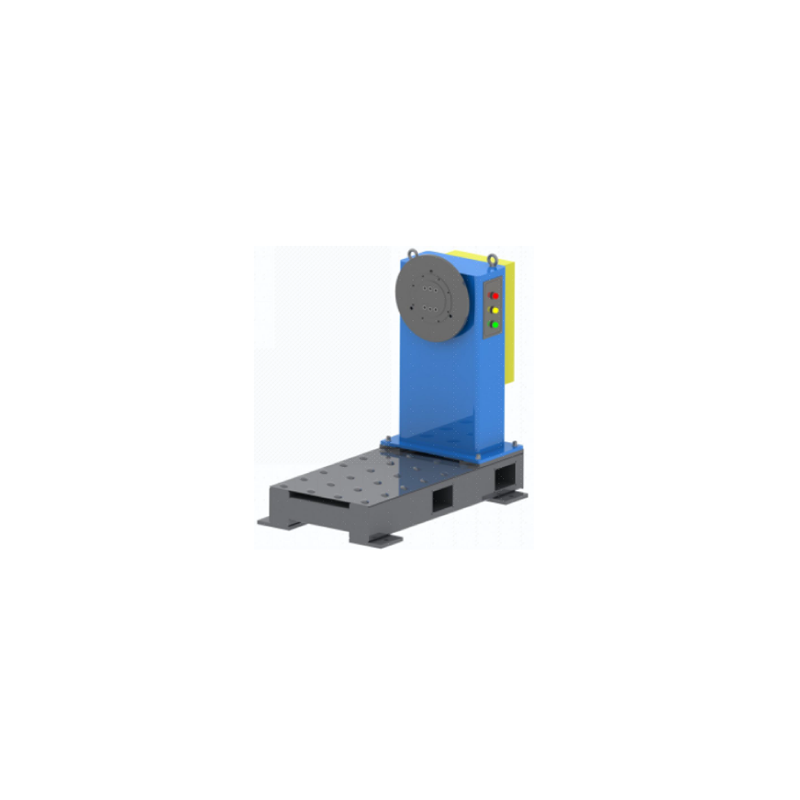
Robot Track Integration for Increased Mobility
A crucial element of contemporary welding automation is robot tracks. By allowing welding robots to travel in a straight line, they increase their operational range and enable them to cover more ground without being restricted to a single spot. In fields like shipbuilding and automotive, where welding operations must be performed across large areas of material, robot tracks‘ mobility is very helpful. Because the welding robot can reach different spots without needing to be manually repositioned, the use of robot tracks guarantees that the welding process is both accurate and adaptable.
Robot tracks and turntables are a great combination for welding.
Combining robot tracks and welding turntables results in a smooth automated welding system that increases output. While robot tracks allow the robot to travel along its route and weld from various angles, the welding turntable allows the workpiece to rotate freely. Because neither the welding robot nor the workpiece need to be manually adjusted, this combination reduces downtime and increases efficiency. Furthermore, it guarantees that the welding arc stays in the ideal location, producing excellent welds that adhere to stringent industry requirements.
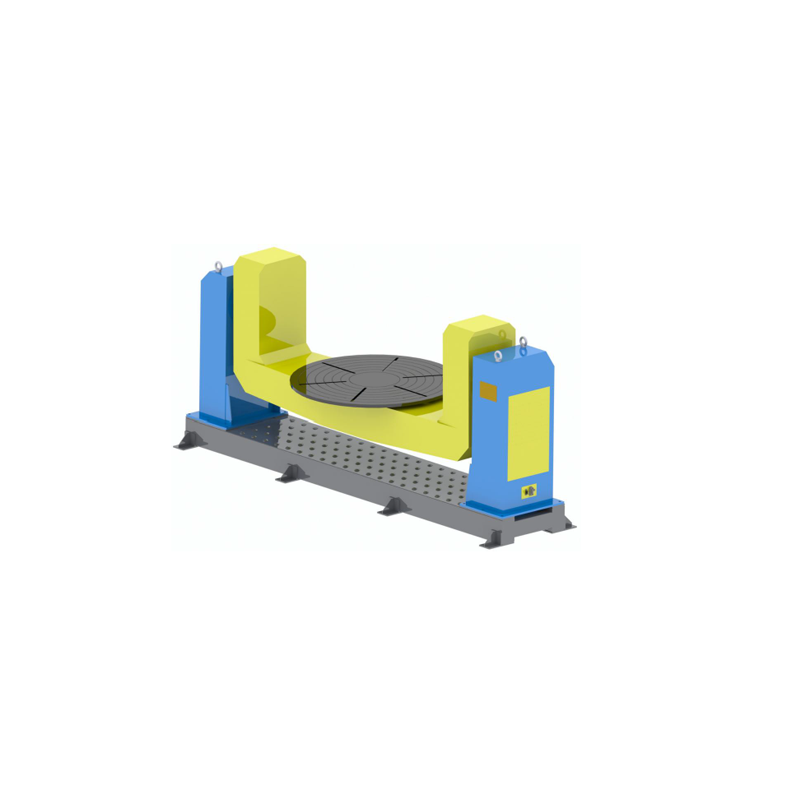
Enhancing Productivity through Accurate Management
Automated welding systems that employ robot tracks and welding turntables are known for their precision control. The purpose of welding turntables is to minimize the possibility of welding mistakes by offering steady and reliable rotation. Precision control of welding speed is made possible by the torque required for smooth rotation, which is provided by the gear box mechanism in these turntables. In contrast, robot tracks allow welding robots to freely traverse a predetermined course, guaranteeing that the whole welding area is covered with the least amount of physical labor. Industries that require high standards of quality depend on uniform, repeatable welds, which are produced by this exact control.
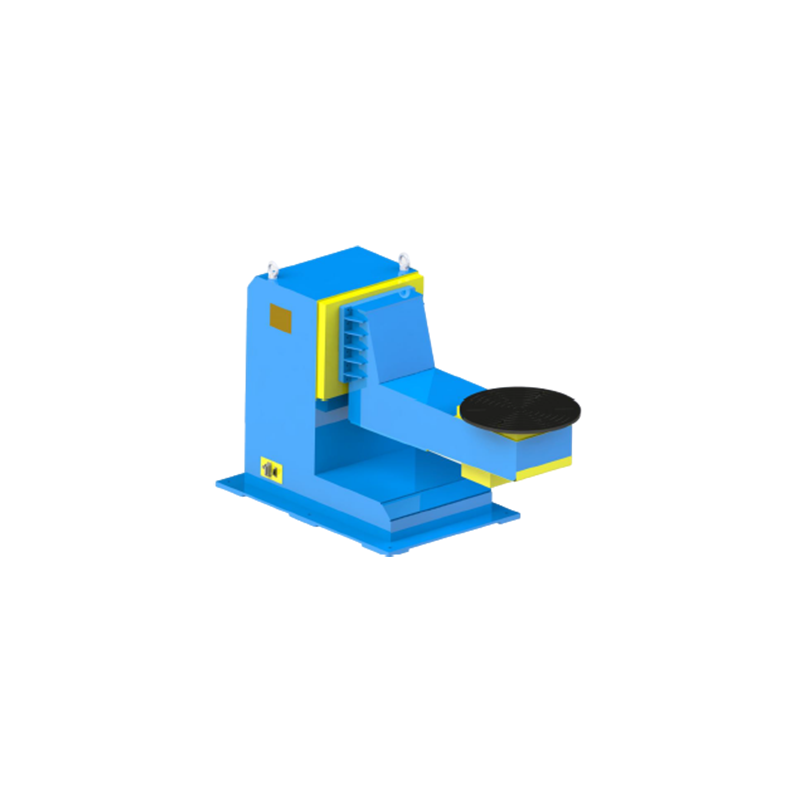
Utilization in Diverse Industrial Domains
In many industrial applications, welding turntables and robot tracks work very well together. Welding turntables offer the stability needed for consistently high-quality welds in the automobile industry, where precision welding is crucial for the structural integrity of car components. In the meanwhile, robot tracks make it possible for the welding robots to travel the whole length of automobile frames, getting to difficult-to-reach places. Robot tracks enable welding robots to efficiently cover bigger areas in the shipbuilding sector, where massive metal sheets need to be welded, while welding turntables help rotate smaller pieces for precision welding.
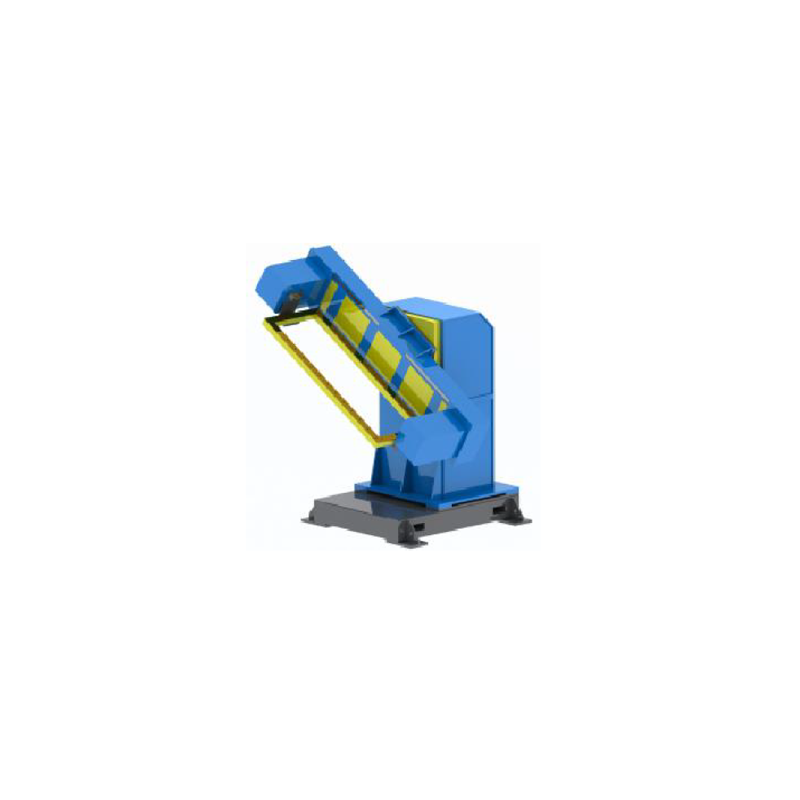
Saving Money and Improving Safety
The combination of welding turntables and robot tracks also has the important benefit of improved safety and lower labor expenses. Previously labor-intensive welding jobs can now be finished with little assistance from humans thanks to automation. The workpiece is stabilized by welding turntables, which eliminate the need for manual handling, and the welding robot may move precisely and securely thanks to robot tracks. This configuration reduces the possibility of accidents at work and guarantees a quicker and more accurate welding process, which saves manufacturers money.
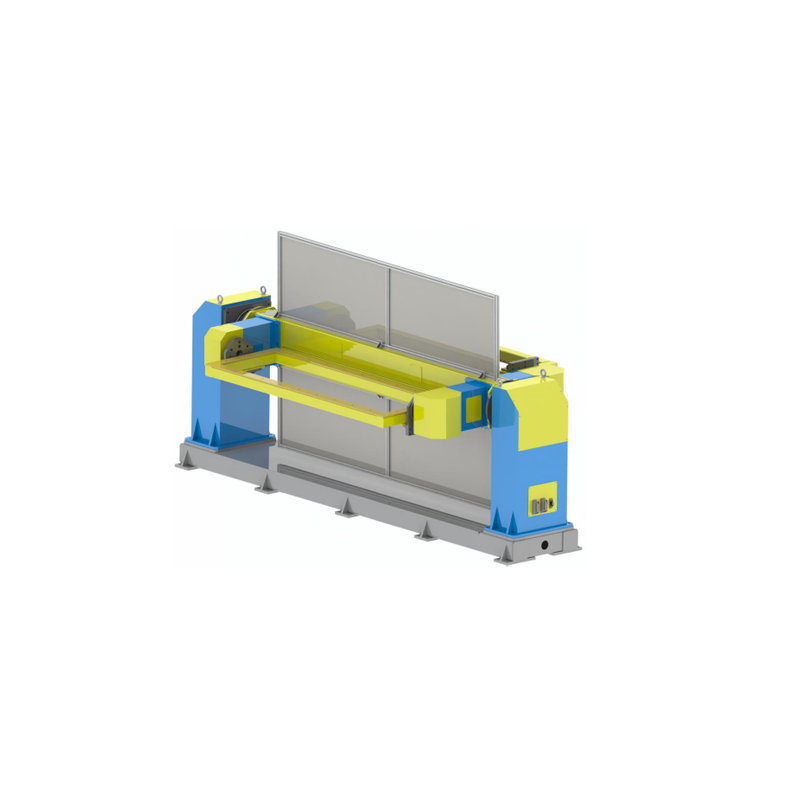
In summary, a new era of automated welding
Lastly, the combination of welding turntables with robot tracks represents a significant leap in welding automation. These factors work together to enhance product quality and speed up production by guaranteeing that the welding process is precise, efficient, and repeatable. As businesses continue to embrace automation to improve welding processes and maintain competitiveness in a market that is changing quickly, the usage of welding turntables and robot tracks will become more and more crucial. Businesses may enhance their welding capabilities and open the door to a more automated and effective future by investing in these technologies.
